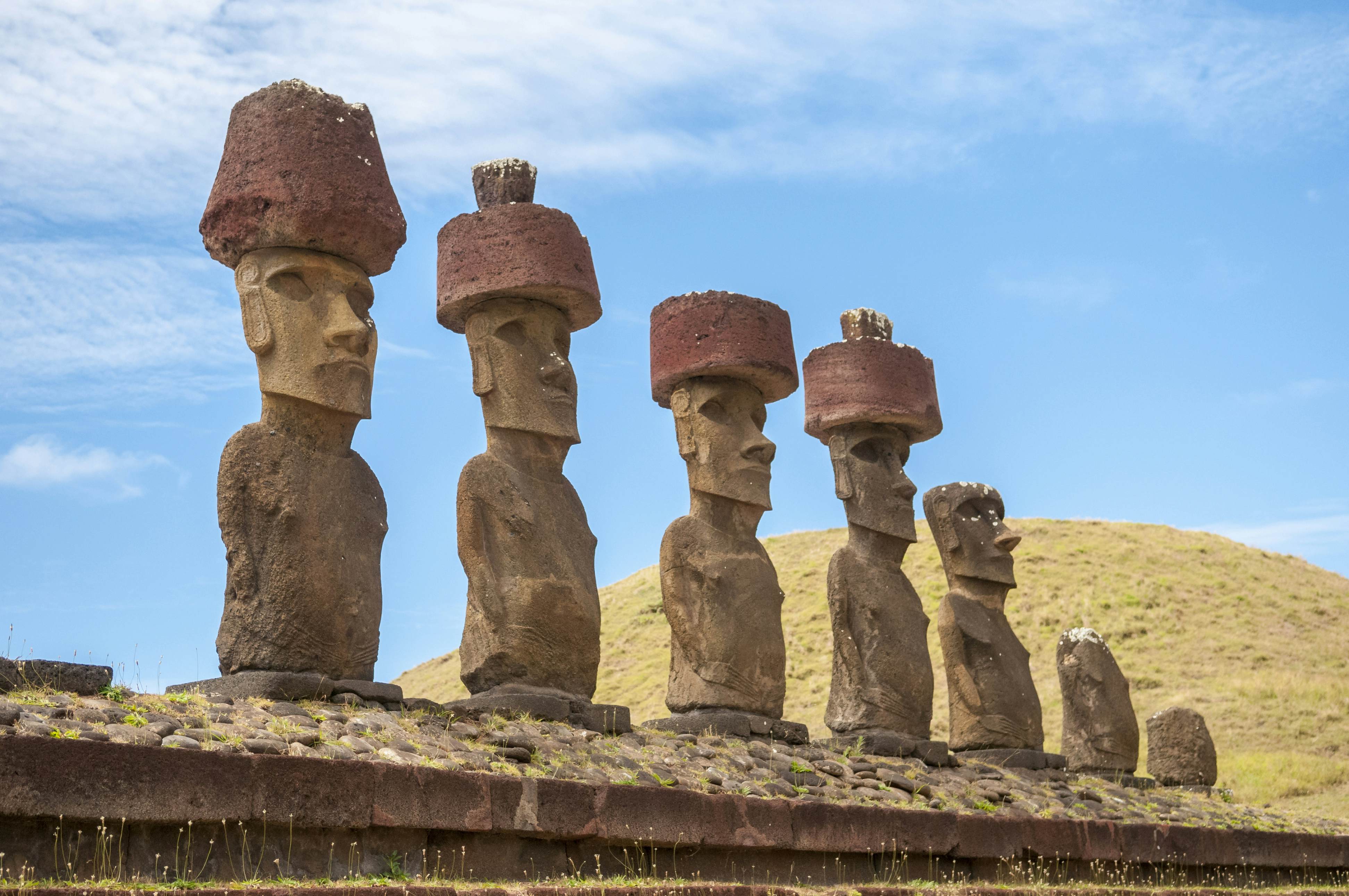
Chiloé Island is a little, sparsely inhabited island located in the channels of Chile's southern coast.
Chiloé National Forest is a national forest in central Chile which confines Chiloé Island. The park was produced in 1937 to protect the special ecosystems and habitats of this island. Among the many crucial features the park deals are the native forests that are house to diverse animals consisting of deer, otters, sea lions, and jaguars.
Location
The remote island of Chiloé is a location that uses a sense of isolation, which tourists flock to for a glimpse at the true Chile. Located at 33 ° S longitude, Chiloé Island is among the most remote regions in Chile. It has an area of 4,197 square miles and its closest neighboring towns are Quiriquina and Quellón, both on mainland Chile. The island is understood for its growing of various crops, specifically of grapes, flowers and tobacco.
Environment
The climate on the island of Chiloé is moderate in comparison to the rest of Chile due to its range from the continent. Temperature levels average around in the summertime and they drop to in the winter season. As an outcome of its range from the equator, the island receives 35 days of rain a year. Typical rains is over 3,000 mm.
History: Chiloé has actually been inhabited given that pre-Hispanic times by 2 indigenous countries: the Huilliche and the Poyas. The Spanish gotten into and colonized the island throughout the 16th century, The island was annexed to the Chilean state in 1842. Transportation
Airline
There are no business flights to Chiloé Island.
Chiloé Island is located in southern Chile, simply 150 km west of the nation's frontier with Argentina. The island was as soon as house to a native people called the Chonos, who had a rich culture and were rather highly advanced for their time.
Still, there are no industrial flights to Chiloé Island. It can only be reached by ferryboat from Pargua on the mainland or by fly-in tours coming in from Santiago or Buenos Aires.
Geography
The island of Chiloé lies in the Southern Pacific Ocean. It is popular holiday destinations geologically made up of granitic-gneiss products, and is surrounded by ocean bays, with minor inlets. The island has an area of 4,197 square miles and its closest neighboring towns are Quiriquina and Quellón, both on mainland Chile. The island is understood for its growing of various crops, particularly of grapes, flowers and tobacco. Housing
The typical household size in the island is 2.5 and most of the island's homeowners have at least a primary education. There are numerous mobile houses with little terraces of bad quality homes in the island. The island of Chiloé has a main joblessness rate of 4.9%, which is greater than that of Chile as a whole. Most of the island's residents have rural qualities and are of native origin.
Best time to check out
Chiloé Island is one of the best places in Chile to go to year-round if you are looking for a picturesque escape. Visitors flock to the island mainly in the summertime when hiking routes are lush with plants, wildlife is more active due to warmer weather condition, and costs are lower than at other times of the year. The cold weather may use some advantages such as less crowds and milder temperature levels if you don't mind cooler days and nights.